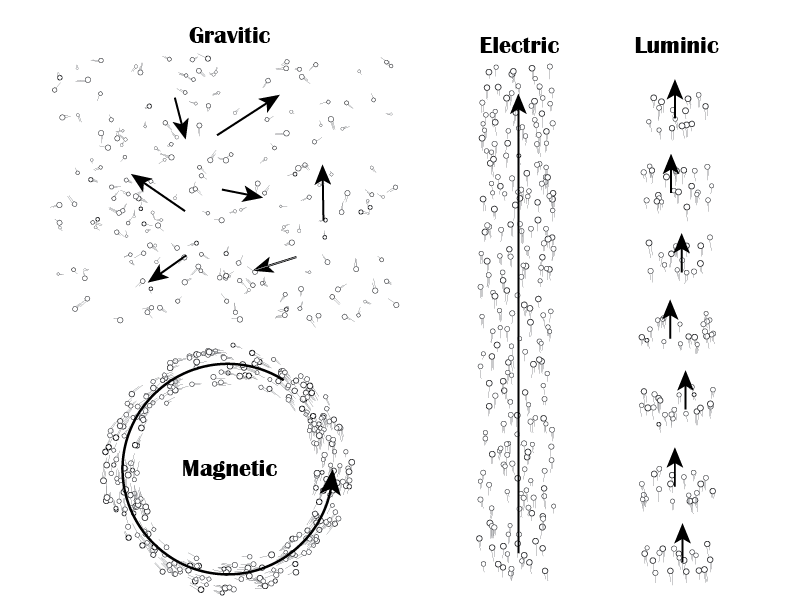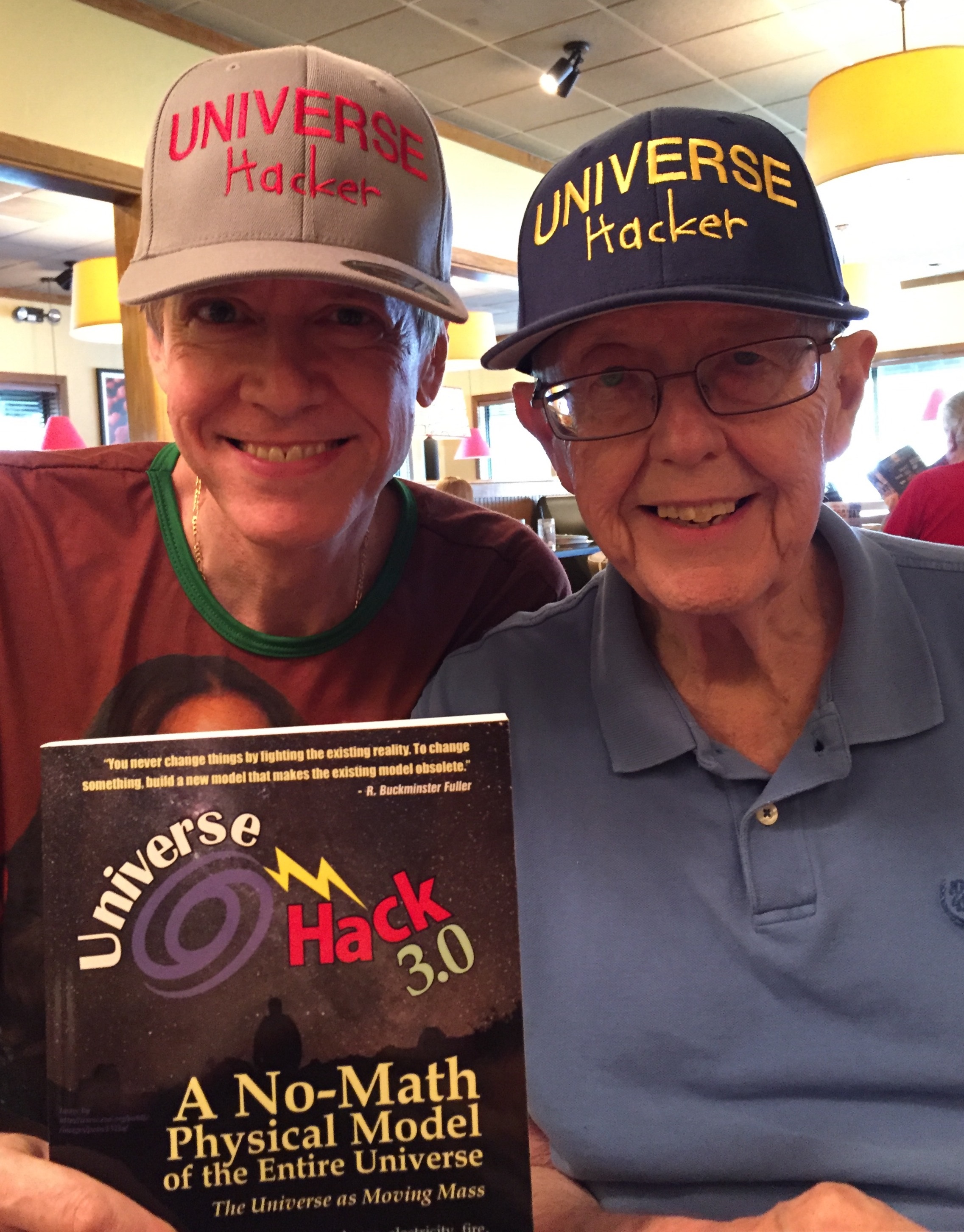New Theory or Model
Principia Mathematica 2 is a book written by father / son team Robert and David de Hilster which proposes a physical model for the universe. The book extends Newton’s classical mechanics to include the entire physical universe including light, gravity, electricity, magnetism, atoms, molecules, and more.
Basis
TPM is based on work by Isaac Newton, Georges-Louis LaSage, Dr. Glenn Borchardt, Ionel Dinu, Robert de Hilster, and David de Hilster.
The existence of TPM can be credited to Dr. Ricardo Carezani who inspired the work done by both authors of this book.
Implications
The Particle Model (TPM) has important implications when it comes to today’s “Standard” model.
Out
TPM has no need for the following modern concepts or directly disputes them. All behavior observed In the universe can be explained by TPM without these concepts or theories:
- Relativity – both special and general
- Four forces of nature (there is only one Newtonian force)
- Big Bang
- Dark Matter and Energy
- Expanding universe
- Charge
- Neutron
- Electric field (replaced by G2 gravity)
- Parallel and Multi Universes
- Plate tectonics (TPM supports expansion tectonics)
- Time travel
In
These concepts are supported by TPM:
- All phenomena in the universe is mechanical
- An infinite universe both in space and time
- Faster-than-light-speed particles (level 2 gravity)
- Expansion tectonics
Explainable Phenomena
TPM can explain currently unexplained phenomena including:
- Light, gravity, magnetism, electricity
- Double slit experiment with detector
- Laser light
- Wave particle duality
- Physics behind electronic circuits and components
- Why white light turns into rainbows (dispersion)
Movement Classification


